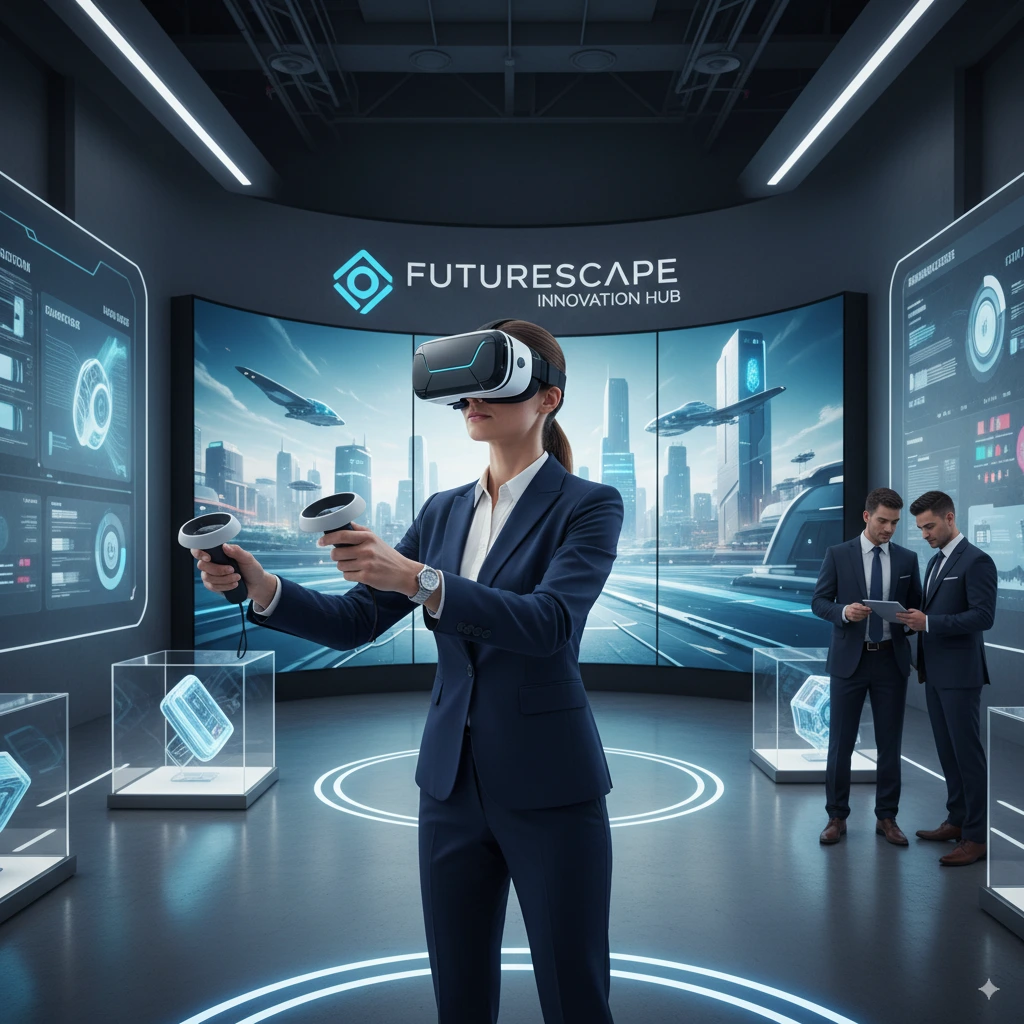Digital Experience Centers: Transforming Complex Solution Demos
PowerPoint presentations are terrible for selling complex solutions. You click through slide after slide, hoping the customer understands what you're talking about. Half the time they're checking their phones. The other half they're nodding politely while thinking about lunch.
Static brochures aren't much better. Customers read through marketing copy that promises everything will be "seamless" and "revolutionary," but they still can't picture how it would actually work in their situation.
Digital Experience Centers are changing this whole dynamic. Instead of talking to customers, businesses can now let people experience their solutions directly.
What Makes These Centers Different
A Digital Experience Center goes way beyond traditional showrooms or demo spaces. These aren't just fancy conference rooms with bigger screens.
The best ones feel more like interactive workshops than sales presentations. Customers can touch screens, manipulate data, and see real-time results of their decisions. Instead of hearing about benefits, they can actually see and feel the impact.
Some centers are physical spaces you visit in person. Others exist entirely online as virtual environments. Many companies are building hybrid setups that work both ways---you can experience them remotely or show up in person.
The key difference is interaction. Traditional demos show you what something looks like. Digital experience centers let you play with it, break it, and see how it responds to your specific needs.
The Technology Integration Challenge
Building effective digital experience platforms requires combining multiple technologies seamlessly. AR overlays, VR environments, IoT data streams, interactive touchscreens---each piece needs to work together without creating a confusing mess.
The most successful centers focus on the customer journey, not the technology itself. The AR might be impressive, but if it doesn't help explain the solution better, it's just a distraction. The goal is making complex ideas simple, not showing off the latest gadgets.
Companies are finding that these immersive customer experience center experiences shorten sales cycles significantly. When customers can actually use a solution during the demo, objections get resolved immediately instead of lingering through weeks of follow-up meetings.
Contact KiXR to learn how you can use Experience Centers to bring your products to life.
Frequently Asked Questions
What is meant by digital experience?
Digital experience covers every interaction someone has with a company through digital channels---websites, apps, kiosks, online platforms. A good digital experience feels intuitive and helpful, making it easy for people to accomplish what they came to do.
Why is digital experience important?
For many businesses, digital interactions are the primary way customers engage with their brand. A confusing or frustrating digital experience can drive people away before they even understand what you offer. A smooth, helpful experience builds trust and keeps people engaged.
How would a business benefit from digital transformation in terms of customer experience?
Digital transformation lets businesses use data and technology to personalize interactions, respond faster to customer needs, and provide more relevant solutions. This leads to happier customers who are more likely to buy and recommend the business to others.
What is the concept of Experience Centre?
An experience centre is a space designed to let customers interact directly with products or services rather than just hearing about them. The focus is on education and engagement through hands-on demonstrations, not just making sales.
What are the different types of experience centers?
Experience centers come in three main varieties. Physical centers are dedicated locations customers visit in person. Virtual centers are entirely digital environments accessible from anywhere. Hybrid centers combine both approaches, allowing for in-person visits or remote participation depending on what works better for each customer.
Kavita has been adept at execution across start-ups since 2004. At KiKsAR Technologies, focusing on creating real life like shopping experiences for apparel and wearable accessories using AI, AR and 3D modeling


